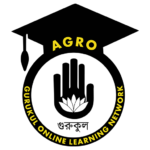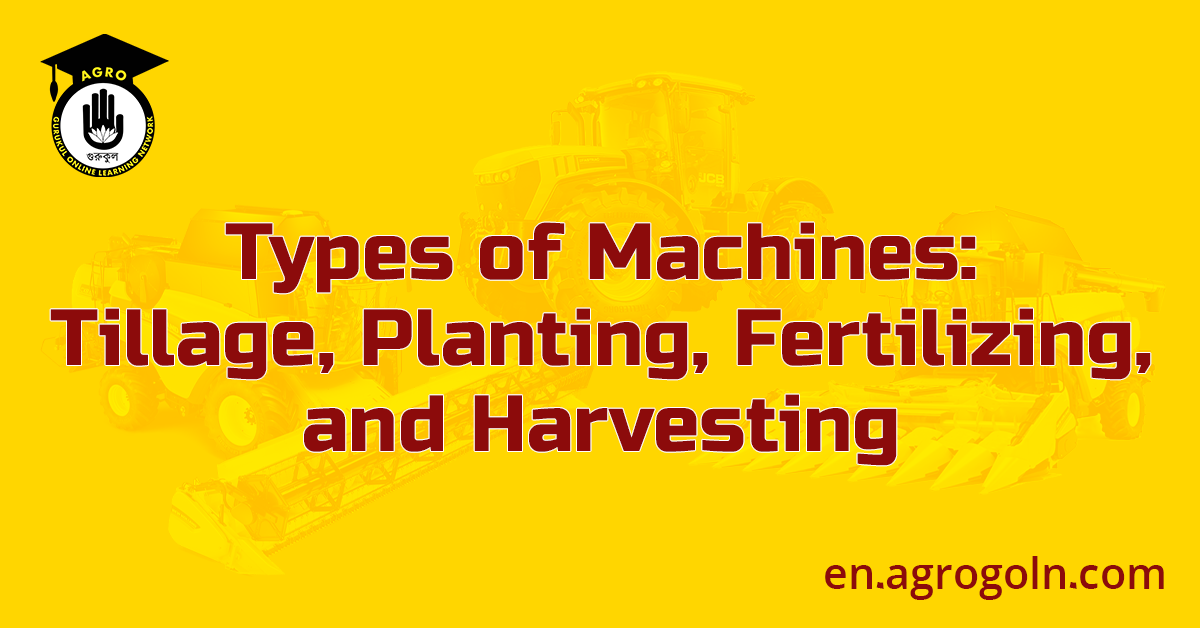Agricultural machinery has been a revolutionary force in modern agriculture, transforming the way we cultivate, plant, nourish, and harvest crops. These machines have significantly increased productivity, reduced labor requirements, and improved overall efficiency in the agricultural sector. This article will explore the various types of machines used in different stages of the farming process, including tillage, planting, fertilizing, and harvesting.

1. Tillage Machines
Tillage machines are used for soil preparation before planting. They help break up compacted soil, incorporate crop residues, and create an optimal seedbed for planting. Different types of tillage machines are used based on the depth and intensity of soil preparation required:
- Plows: Traditional plows are designed to turn over the soil, burying weeds and crop residues. Moldboard plows, chisel plows, and disc plows are some common types.
- Disc Harrows: These machines use a set of discs to cut and turn the soil. They are effective in breaking up clods and leveling the soil surface.
- Rotary Tillers: Also known as rotavators or rotary hoes, these machines use rotating tines to cultivate the soil. They are particularly useful in preparing seedbeds in smaller fields and garden plots.
2. Planting Machines
Planting machines are designed to efficiently sow seeds or transplant seedlings into the prepared soil. They ensure uniform spacing and planting depth, optimizing seed germination and crop growth. Some common types of planting machines include:
- Seed Drills: Seed drills are machines that sow seeds directly into the soil at a precise depth and spacing. They often have mechanisms for metering seeds and ensuring uniform planting.
- Transplanters: Transplanters are used for planting pre-germinated seedlings into the field. They can handle delicate seedlings with care and ensure proper spacing between plants.
- Precision Planters: Precision planters are equipped with advanced technologies, such as GPS guidance and automatic row shut-off, to achieve precise planting accuracy and reduce seed wastage.
3. Fertilizing Machines
Fertilizing machines play a crucial role in applying fertilizers to the soil, providing essential nutrients for crop growth. They help ensure that the right amount of nutrients is delivered to the plants at the right time. Common types of fertilizing machines include:
- Broadcast Spreaders: Broadcast spreaders are used for evenly distributing granular fertilizers over a wide area. They are ideal for larger fields.
- Drop Spreaders: Drop spreaders are designed for more precise fertilizer application, making them suitable for smaller plots and gardens.
- Liquid Fertilizer Applicators: Liquid fertilizer applicators use tanks and pumps to apply liquid fertilizers directly to the soil or foliage.
4. Harvesting Machines
Harvesting machines are used to gather mature crops from the field, preparing them for storage and further processing. These machines significantly reduce the labor required for harvesting and ensure timely and efficient crop collection. Some common types of harvesting machines include:
- Combine Harvesters: Combine harvesters are versatile machines that can perform multiple tasks, including cutting, threshing, and cleaning crops like wheat, corn, and soybeans. They efficiently harvest large fields in a short time.
- Harvesters for Specific Crops: Some crops require specialized harvesting machines. For example, cotton pickers are used to harvest cotton, while potato harvesters gently lift potatoes from the soil.
- Forage Harvesters: Forage harvesters are used to cut and chop crops like corn or grass for use as animal feed or silage.
Advantages of Agricultural Machines
The use of agricultural machines has brought numerous benefits to farmers and the agricultural industry as a whole:
- Increased Productivity: Agricultural machines have significantly increased farm productivity, enabling farmers to produce more food with fewer resources.
- Labor Savings: Farm machinery has reduced the labor required for farming operations, allowing farmers to focus on other aspects of farm management.
- Efficient Use of Resources: Machines enable precise application of seeds, fertilizers, and irrigation water, optimizing resource use and minimizing wastage.
- Timely Operations: Agricultural machines allow farmers to complete tasks such as planting and harvesting on schedule, maximizing crop yields.
- Economies of Scale: Large-scale farming operations benefit from the use of machines, as they are efficient in handling vast areas of land.
Challenges and Considerations
While agricultural machines bring numerous benefits, there are also challenges and considerations associated with their use:
- Cost: Agricultural machinery can be expensive to purchase and maintain, making it a significant investment for farmers, especially for small-scale operations.
- Skills and Training: Operating complex machinery requires specialized skills and training, and farmers need to stay updated with technological advancements.
- Environmental Impact: Heavy machinery use can contribute to soil compaction and erosion if not managed carefully. Additionally, the emissions from some machines can have environmental implications.
- Dependency on Machines: Over-reliance on machines can sometimes lead to reduced knowledge and understanding of traditional farming practices.
- Safety Concerns: Farm machinery can pose safety risks to operators, necessitating proper training and safety measures.
Conclusion
Agricultural machines have revolutionized the way we farm and have played a crucial role in meeting the food demands of a growing global population. Tillage machines prepare the soil, planting machines sow the seeds, fertilizing machines nourish the crops, and harvesting machines gather the mature produce. The adoption of these machines has brought significant benefits in terms of increased productivity, labor savings, and efficient resource utilization.
However, the use of agricultural machines also comes with challenges, such as high costs, environmental impact, and the need for specialized skills. It is essential for farmers to strike a balance between the advantages of modern machinery and the preservation of sustainable farming practices. As technology continues to evolve, agricultural machines will continue to play a vital role in shaping the future of agriculture and meeting the challenges of food security and sustainable farming.
